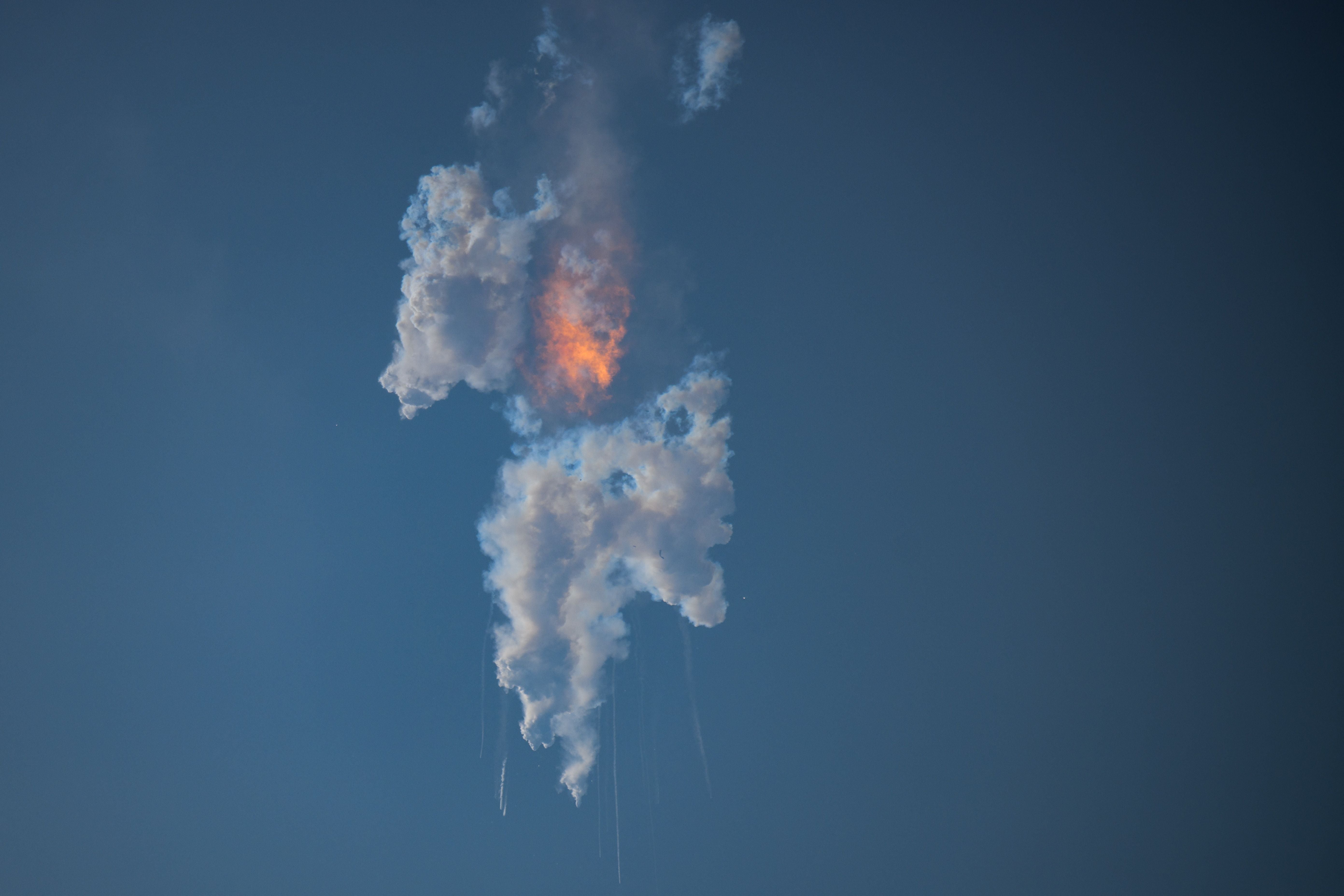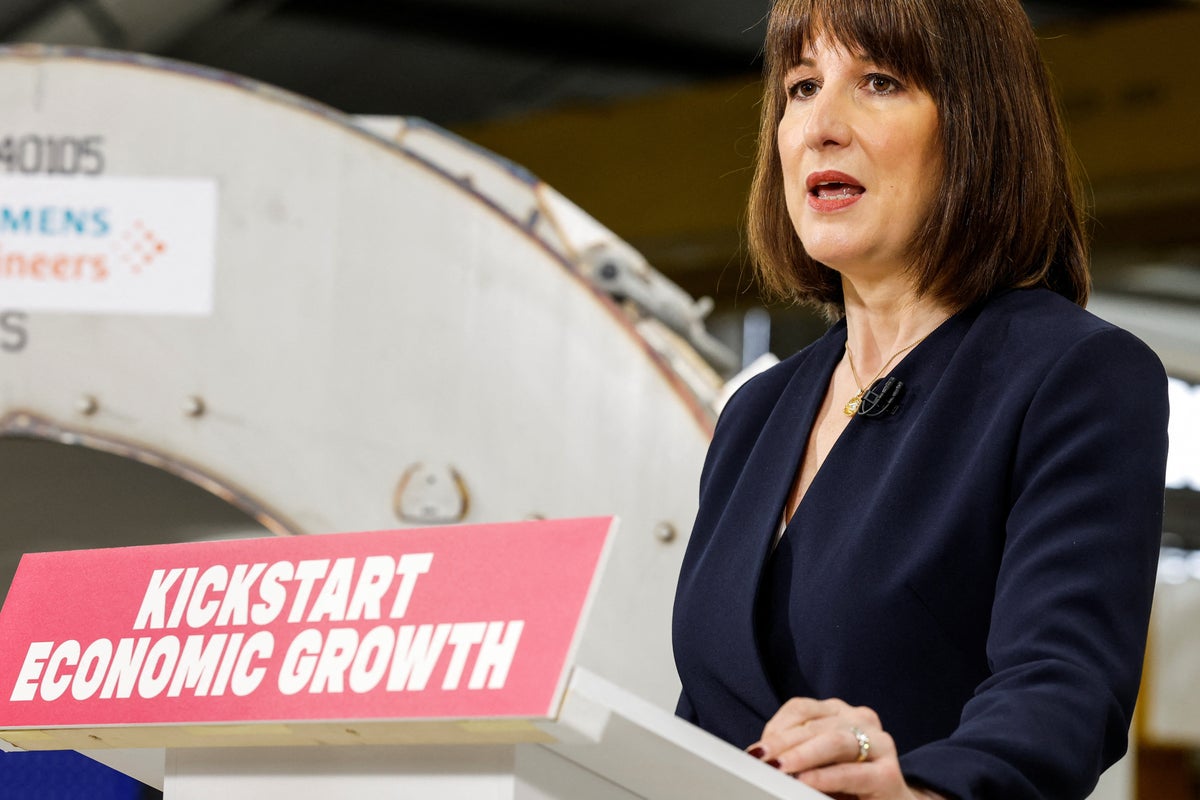Fast-tracking a NASA plan to build a nuclear reactor on the moon may sound dubious. Experts say that’s because it is.
“The whole proposal is cock-eyed and runs against the sound management of a space program that is now being starved of money,” national security analyst, nuclear expert and author Joseph Cirincione told The Independent.
Nuclear has been used in space since the 1960s. That’s nothing new. The U.S. launched its first test reactor into orbit in 1965, and the former Soviet Union has sent up dozens more.
NASA says that a new 100-kilowatt reactor could be used to power a future base at the lunar South Pole, and fuel prospective missions to Mars and beyond. Nuclear would help to fill gaps in solar energy that occur when that side of the moon is in darkness for two weeks.
The majority of space experts have said that placing a reactor on the moon is possible, so, why is NASA’s current plan “cock-eyed?” The problem is the proposed timeline.

Interim NASA Administrator Sean Duffy, who also serves as President Donald Trump’s Secretary of Transportation, pushed to expedite the project, detailed in a memo this week. Duffy said the administration wanted to have a nuclear reactor ready to launch by 2030. Earlier this year, China and Russia announced a plan to build a nuclear reactor for a lunar base by 2035.
“The first country to do so could potentially declare a ‘keep-out’ zone which would significantly inhibit the United States from establishing a planned Artemis presence if not there first,” Duffy said.
NASA first announced in 2021 that it would put a reactor on the moon “within a decade.” In 2024, NASA then said that their target date for delivery a reactor to the Earth-based launchpad was the early 2030s. But, Cirincione says essentially no progress has been made.
“It was in the last Trump administration that NASA had put out a press release, they had a YouTube video, they had these announcements about how they’re going to develop these small, modular nuclear reactors for use on the moon, and it was going to be ready by 2026,” said Cirincione, who is vice-chair of the Center for International Policy, a non-profit that advocates for a peaceful approach to foreign policy.
“Oh, really? So, where is it?”
Ultimately, the expert believes a nuclear reactor on the moon could take up to 20 years to become a reality.

NASA would need a working launch vehicle, a small and adaptable reactor, and the ability to land on the moon. Right now, the SpaceX Starship is the only vehicle option – but it has exploded during several of its test flights.
NASA has been working with Boeing on a Space Launch System – the main competitor to Space X’s Starship – but that program would be canceled under the Trump administration’s proposed cuts which slash 24 percent from NASA’s overall budget.
Landing on the moon is no picnic, and attempts by Japanese space companies in 2023 and 2025 ended in crashes.
There are also the scientific and technological advances needed for the nuclear reactors. The reactors must be able to withstand harsh conditions on the moon, including temperatures swings from 250 degrees Fahrenheit during the day to minus 400 degrees at night.
“Small modular nuclear reactors, it turns out, are always just around the corner – a corner you never get to turn,” Cirincione said.
Many scientists and nuclear energy experts have shared in Cirincione’s skepticism.
Dr. Kathryn Huff, a former nuclear energy official at the U.S. Department of Energy, and professor at the University of Illinois at Urbana-Champaign, wrote in a Bluesky social media post that she’s not “bullish” on “unrealistic timelines.”
“The 2030 target does not align well with recent budgetary trends…” she explained in a statement, shared by the university. “Accelerating the FSP program could come at the expense of other critical priorities, including earth science, climate observation and space-based weather forecasting – all core elements of NASA’s public-serving mission.”

Dr. Alfredo Carpineti, an Italian astrophysicist, wrote in IFLScience this week that the proposal is “unfeasible.”
“Even if we allow landing the nuclear reactor on December 31, 2030, the timing is really too short for something that must not have any faults if you want to operate it safely,” Carpineti wrote.
Others were more optimistic about NASA’s accelerated timeline.
Sebastian Corbisiero, a senior program manager at Idaho National Laboratory who leads the Energy Department’s space reactor program, told The Independent that a nuclear reactor on the moon is “doable” by 2030.
“Nuclear reactor technology has been around for decades, so its well known,” he said. “Some key differences with a space reactor is that it needs to fit on a rocket, so there are mass and volume requirements; and that the system needs to operate in vacuum – so components will need to be built to survive that environment.”
Dr. Bhavya Lal, a former associate administrator for technology, policy, and strategy at NASA, and former aerospace executive Roger Myers, recently argued that it would be possible to have nuclear reactor on the moon by 2030, and it would take $3 billion to do so.
“It’s possible, but it will require serious commitment,” Lal told The Independent.
But even if plans are speeded up, Lal says there’s no need to worry about the prospect of the moon blowing up. It’s “simply not grounded in science,” she said.







